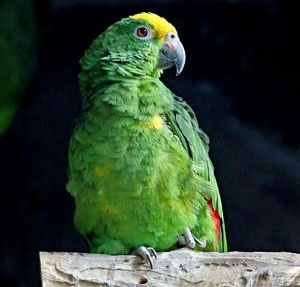
Amazona ochrocephala
Amazona ochrocephala,Yellow-crowned Amazon,Single hat, small yellow hat, yellow crowned parrot
Parrots come in many different types, with different shapes and colorful fea···
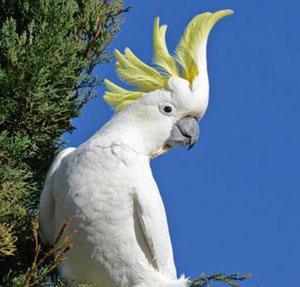
Sulphur-crested Cockatoo
Small Budan, Large Sunflower Cockatoo, Large Sunflower Cockatoo, Sunflower Budan
Like many cockatoos, the Sulphur-crested Cockatoo requires a lot of time as ···
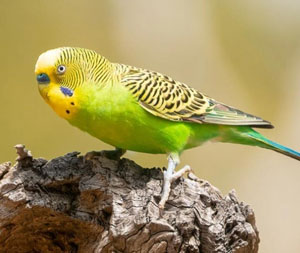
Melopsittacus undulatus
Melopsittacus undulatus,Budgerigar、Budgie,Jiao Feng, Cai Feng, Asu Er, Parrot
Budgies are the most common pet birds in the world. They come in many variet···

Eclectus roratus
Eclectus roratus,Eclectus Parrot,Red-flanked Green Parrot
The name of the Eclectic Parrot "Eclectic" comes from the word &qu···
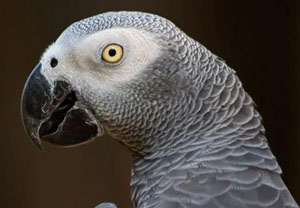
Psittacus erithacus
Psittacus erithacus,Grey Parrot,Grey Parrot, Grey Parrot
African Gray ParrotIt is a large parrot, a typical climbing bird, with a pai···

Acridotheres cristatellus
Acridotheres cristatellus,Crested Myna,Black starling, thrush, cold starling, crested starling, liaogezi
Starlings are common in southern my country. They are not only important agr···
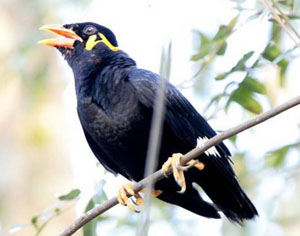
Gracula religiosa
Gracula religiosa,Common Hill Myna,, Qinjile, Jiugong bird, Hainan myna, Hainan starling, Indian grek
The characteristic of the myna is the orange-yellow wattles and hems on the ···
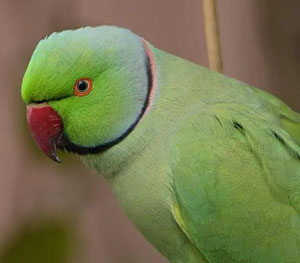
Psittacula krameri
Psittacula krameri,Rose-ringed Parakeet,Rose-ringed parakeet, Ring-necked parakeet, Moon-ringed parakeet
Red-collared green parrots are resident birds, often moving in groups, somet···
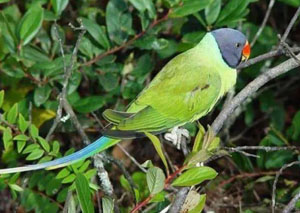
Psittacula himalayana
Psittacula himalayana,Slaty-headed Parakeet
The appearance of the Green-headed Parrot is very similar to that of the Gre···
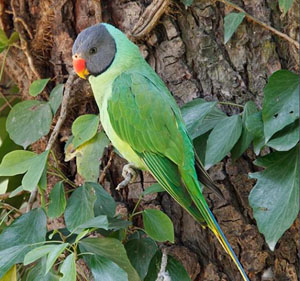
Psittacula himalayana
Psittacula himalayana,Slaty-headed Parakeet,Gray-headed parrot, Sand monk bird, Gray-headed conure, Dark-headed parrot
Gray-headed parrots are typical climbing birds with opposable feet, two toes···
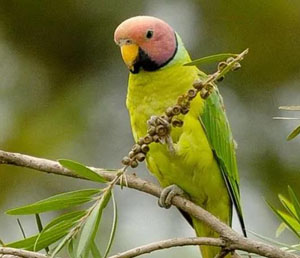
Psittacula roseata
Psittacula roseata,Blossom-headed Parakeet,Rose-headed cockatoo, Purple-headed cockatoo
The flower-headed parrot is a medium-sized bird, a typical climbing bird, wi···
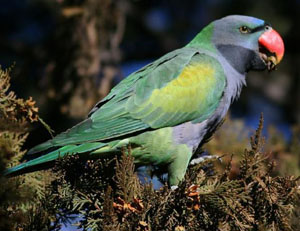
Derby's Parakeet
Derby's Parakeet,Parrot, Oriole
The Great Purple-breasted Parrot is a medium-sized bird. In the wild, it usu···

Psittacula alexandri
Psittacula alexandri,Red-breasted Parakeet,Sichuan parrot, big parrot, big purple-breasted parrot
The rose-breasted parrot is a medium-sized bird, a typical climbing bird, wi···
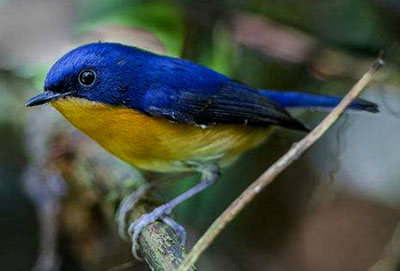
Ficedula hodgsoni
Dwarf Blue Flycatcher, White-browed Ochre-breasted Flycatcher, White-browed Purple Sand Flycatcher, Flycatcher, Wheat Flycatcher
The body of the Dwarf Blue Flycatcher is very small, about 10 cm; the beak i···

Clanga clanga
Wu Diao, Hua Diao, Tas, Wu Xiao Ni, Xiao Hua Zao Diao
The black eagle is a national first-class protected animal. Its body is dark···
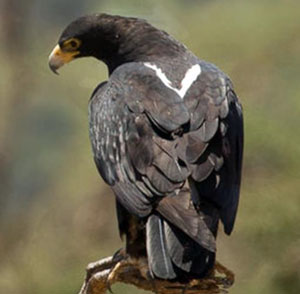
Aquila verreauxii
Black carving, flower carving, small flower soap carving
The black eagle is a species of the genus Accipitridae. It often inhabits wo···
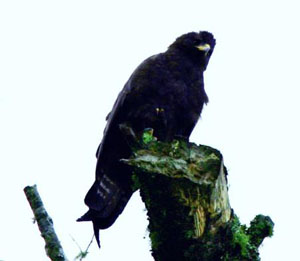
Ictinaetus malayensis
Forest carving, tree carving, tree eagle
The forest eagle is a medium-sized bird of prey and a Class II protected ani···
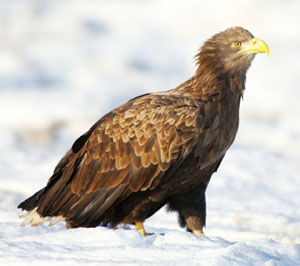
Haliaeetus albicilla
White-tailed sea eagle, white-tailed eagle, yellow-billed eagle, sesame eagle
The white-tailed sea eagle lives at an altitude of 2500-5300 meters. They of···
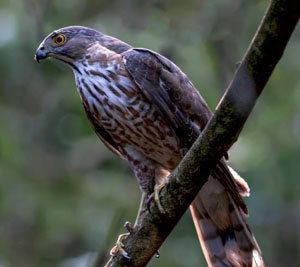
Accipiter virgatus
sparrowhawk, pine hawk, chest-wagging, sparrow thief, sparrowhawk
Sparrowhawks are secretive, alert, timid and difficult to observe. Once in t···

Accipiter badius
Brown-eared goshawk, Brown-eared sparrowhawk
The brown-eared hawk is much smaller than the goshawk. It often hovers in th···
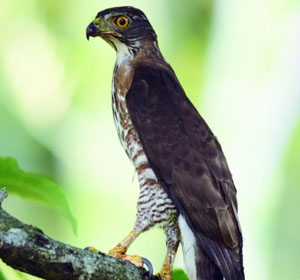
Accipiter trivirgatus
Crested Goshawk
The Crested Owl is a medium-sized bird of prey. It is a resident bird. It is···
